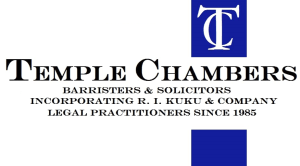- Obekpa House, 15 Mahatma Ghandi Street, Asokoro, Abuja
- ritachrisgaruba@yahoo.com
- (+234) 805 895 1790

Menu
Art At The Temple
Anthology
Nigeria boasts a rich and diverse artistic heritage that spans centuries, reflecting the country’s complex history, cultural diversity, and social dynamics. The art of Nigeria can be categorized into various regions and cultures, each with its unique styles, materials, and purposes.
Historical Overview
Nok Culture
The earliest known sculptures in Nigeria are attributed to the Nok culture, which thrived from around 1000 BCE to 300 CE in northern Nigeria. Nok art is characterized by its terracotta figures, which often depict human heads with distinctive cylindrical, spherical, or conical shapes. This culture is notable for being one of the first in West Africa to produce iron, showcasing an advanced understanding of materials and techniques.
Ife and Yoruba Art
The Yoruba people, inhabiting southwestern Nigeria, have a long-standing tradition of naturalistic sculpture, particularly in brass and pottery. The city of Ife, considered the spiritual and cultural heart of the Yoruba, is renowned for its realistic sculptures that often depict deities and ancestors. The Yoruba also create *ibeji* figures, which represent twins and serve both spiritual and commemorative purposes. These figures are intricately carved and are believed to embody the spirits of deceased twins, reflecting the cultural significance of twins in Yoruba society.
Benin Kingdom
The Kingdom of Benin, located in present-day Edo State, is famous for its bronze and ivory sculptures, particularly the Benin Bronzes. These artworks were created to honor the Oba (king) and depict historical events, royal lineage, and significant figures. The intricate designs and craftsmanship of Benin art communicate the wealth and power of the kingdom, with many pieces originally displayed in the royal palace.
Contemporary Art Movements
Uche Okeke and the Zaria Art Society
In the 20th century, Nigerian artists began to explore new forms of expression, leading to movements such as the “Natural Synthesis” approach championed by Uche Okeke and the Zaria Art Society. This movement sought to blend traditional African aesthetics with modern artistic practices. Okeke’s work, influenced by the *uli* painting tradition of the Igbo people, emphasizes abstract forms derived from nature, showcasing a modern interpretation of indigenous art.
Modern Nigerian Art
Contemporary Nigerian artists continue to innovate, drawing from traditional motifs while addressing modern themes such as identity, politics, and social issues. Artists like El Anatsui and Yinka Shonibare have gained international recognition for their unique styles that fuse traditional materials and techniques with contemporary concepts. Their works often challenge perceptions of African art and engage with global dialogues on culture and identity.
Mother and child in wood caving mahogany by O.S. Ekhase 2017
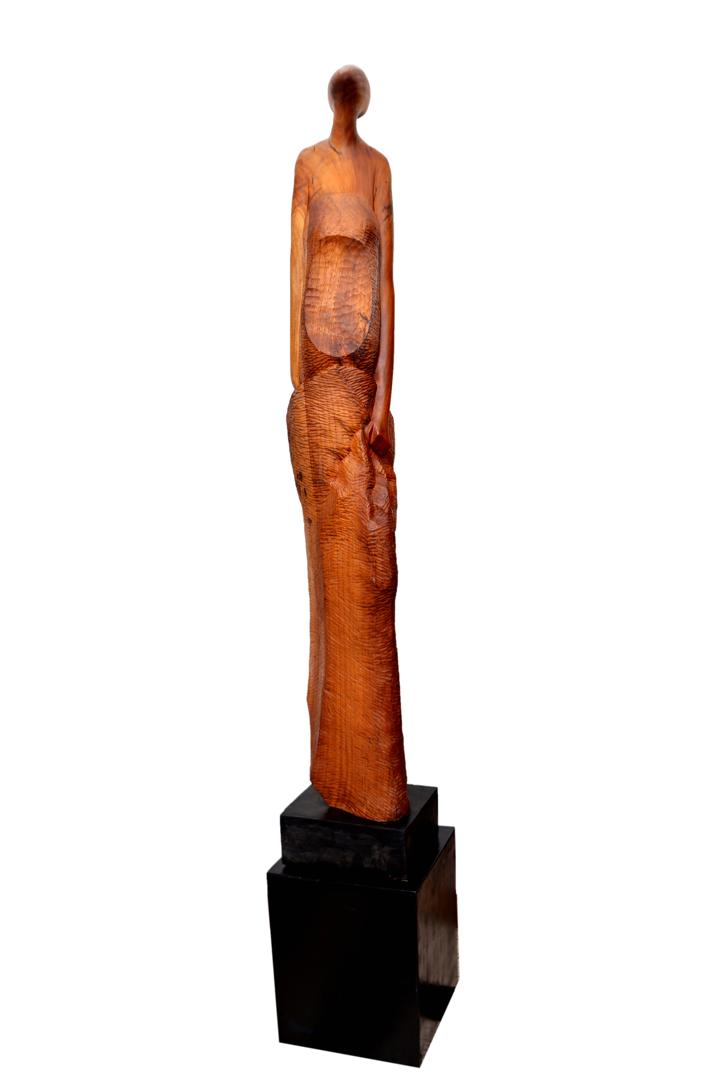
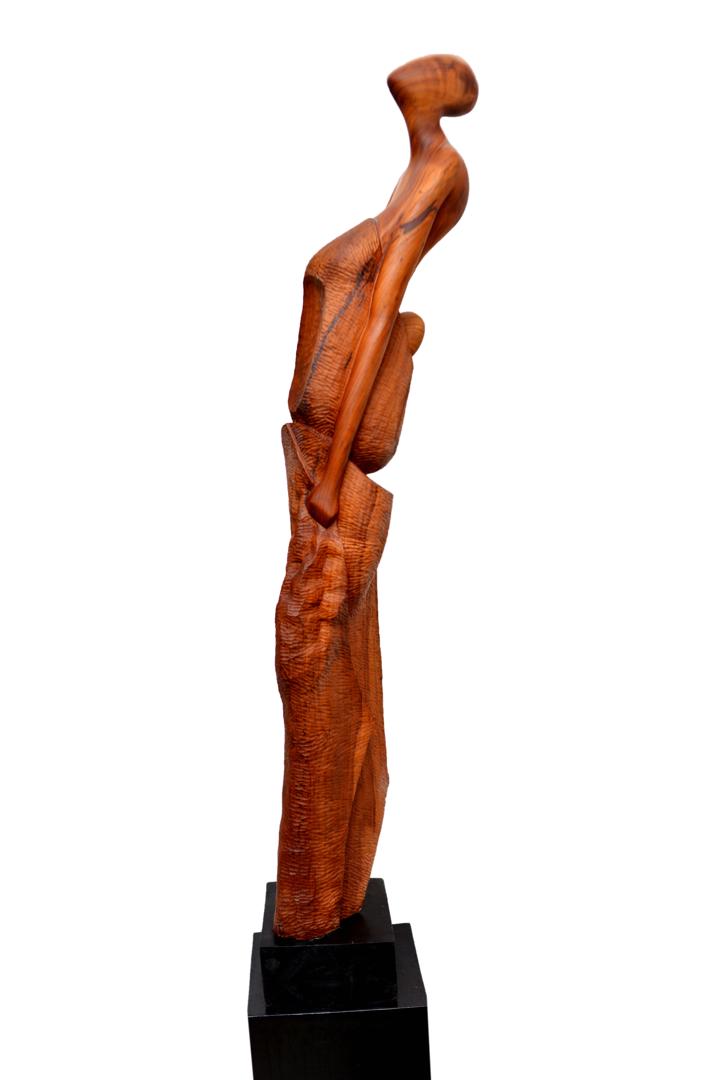
Carved in mahogany standing six ft tall, Mother and child by O.S. Ekhase 2017. Private collection Enewa R Chris-Garuba.
From Niger Face mask of a maiden. Private Collection of Enewa R Chris-Garuba.
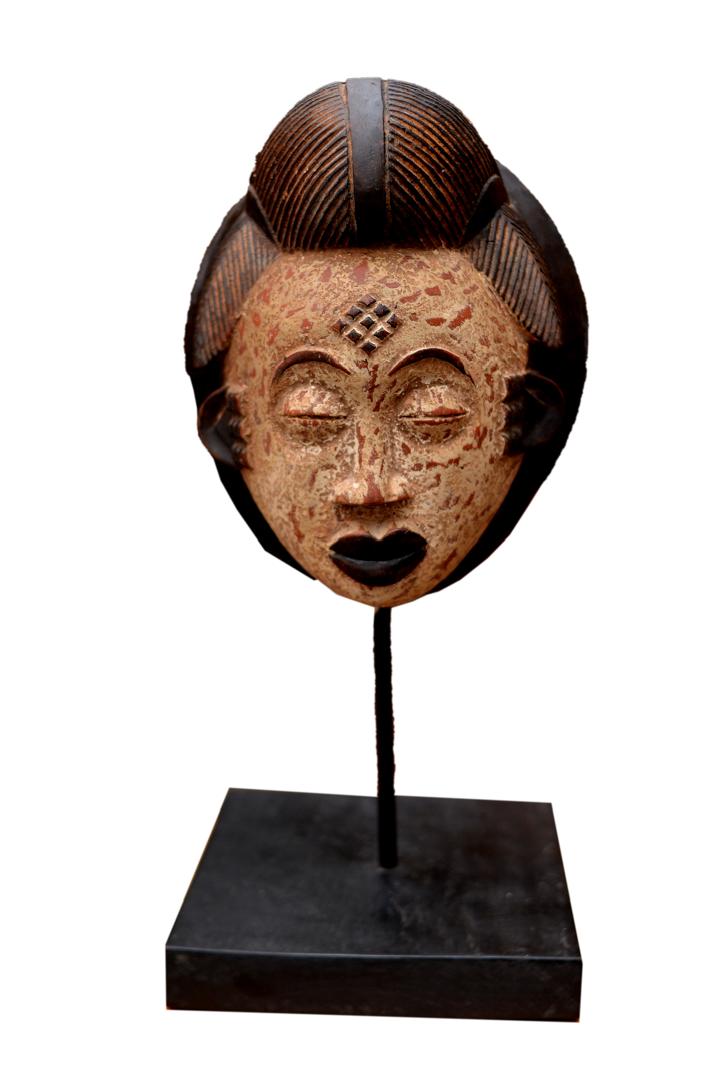
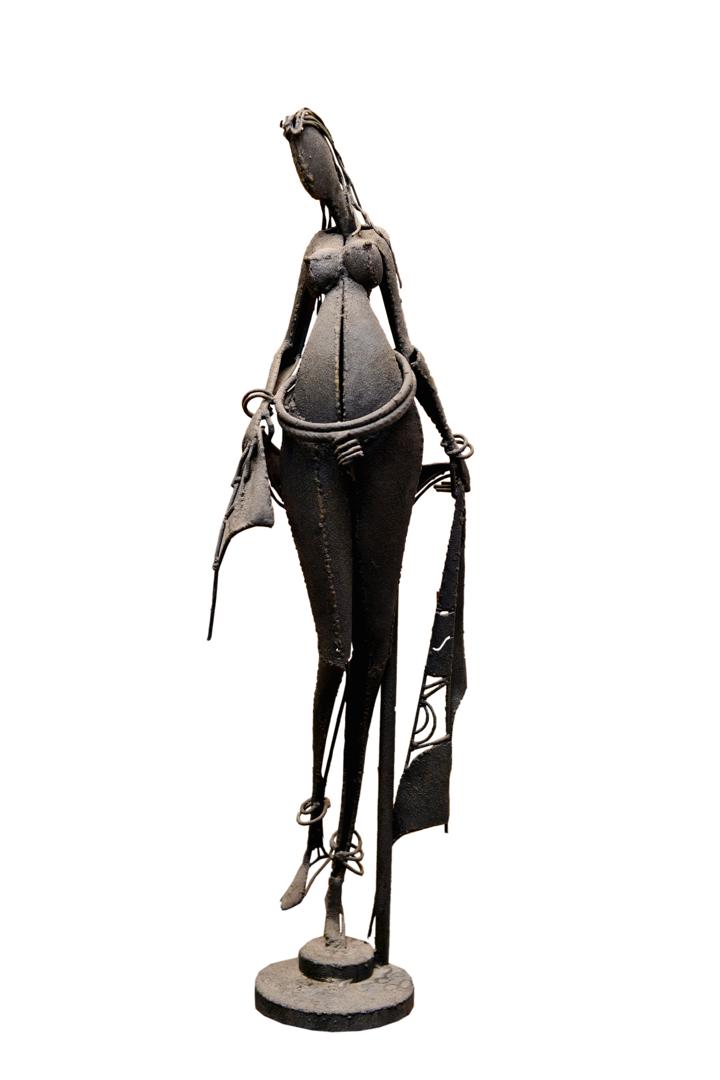
Bronze work using the rough bubble effect. Maiden. From the private collection of Enewa R Chris-Garuba.
Hand carved Scottish chair. 1904 ‘JPG’ in oak.
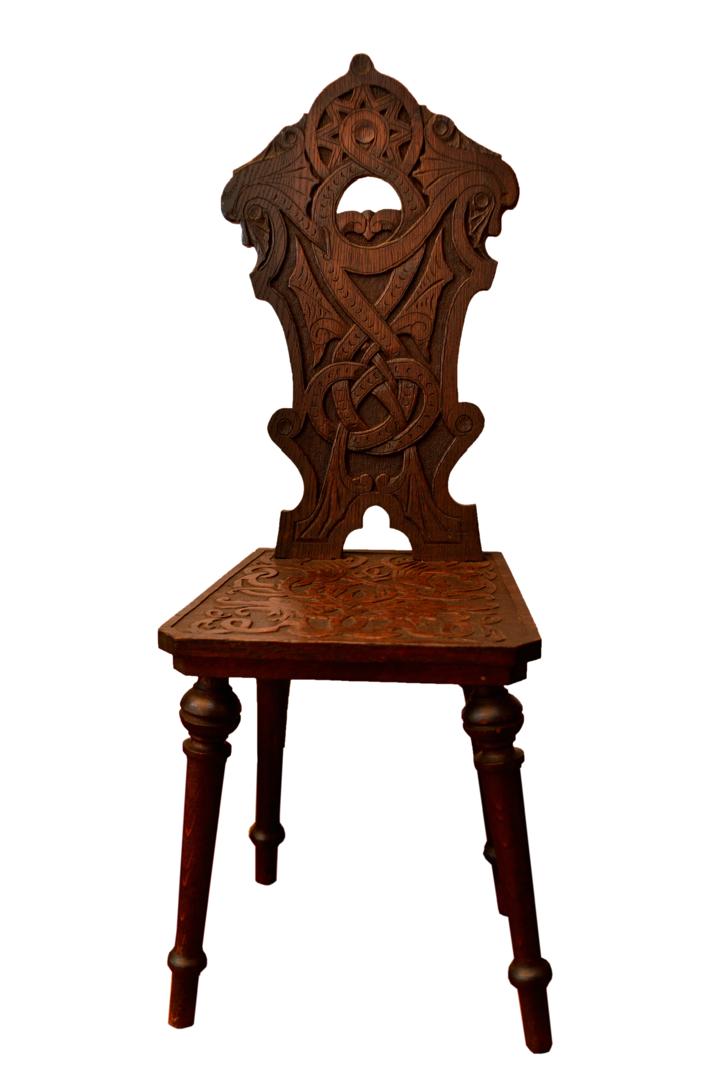
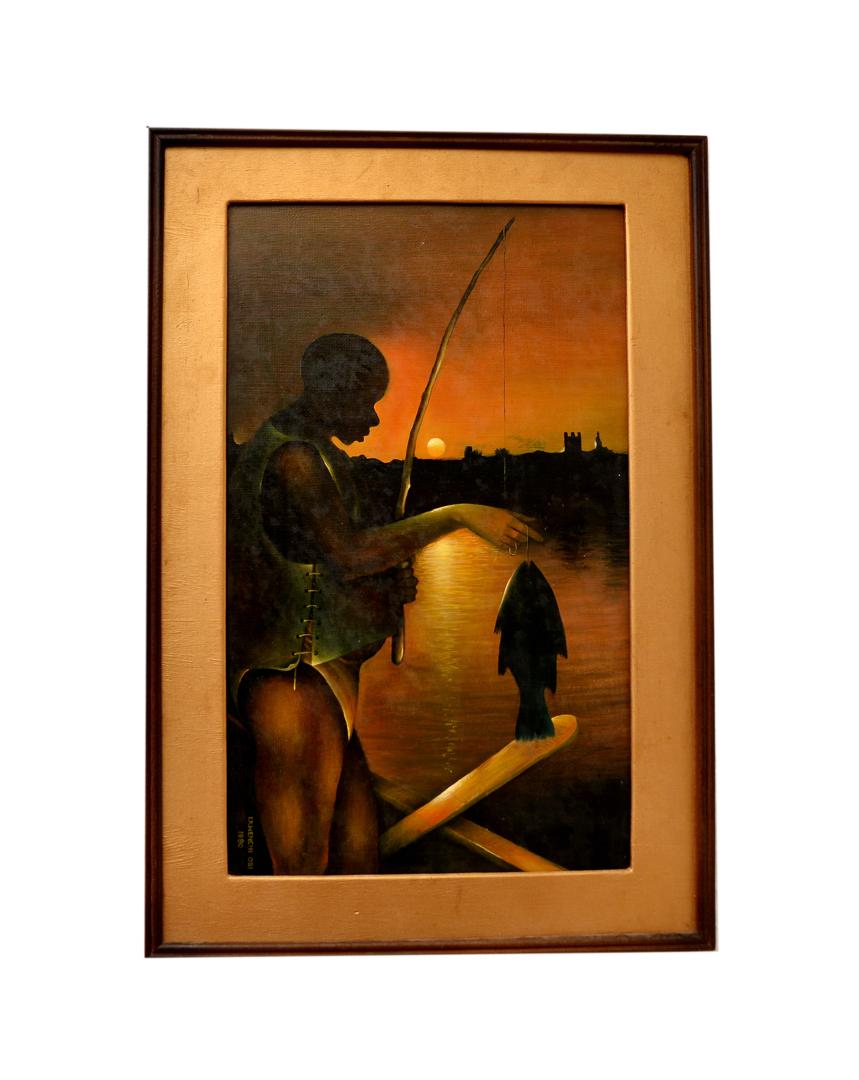
Fisherman at dusk. Ekwenchi Obi 1990. Oil on canvas from the private collection of General and Enewa Chris-Garuba.
Na Woman o’ in red mahogany. Private Collection of Enewa RChris-Garuba.
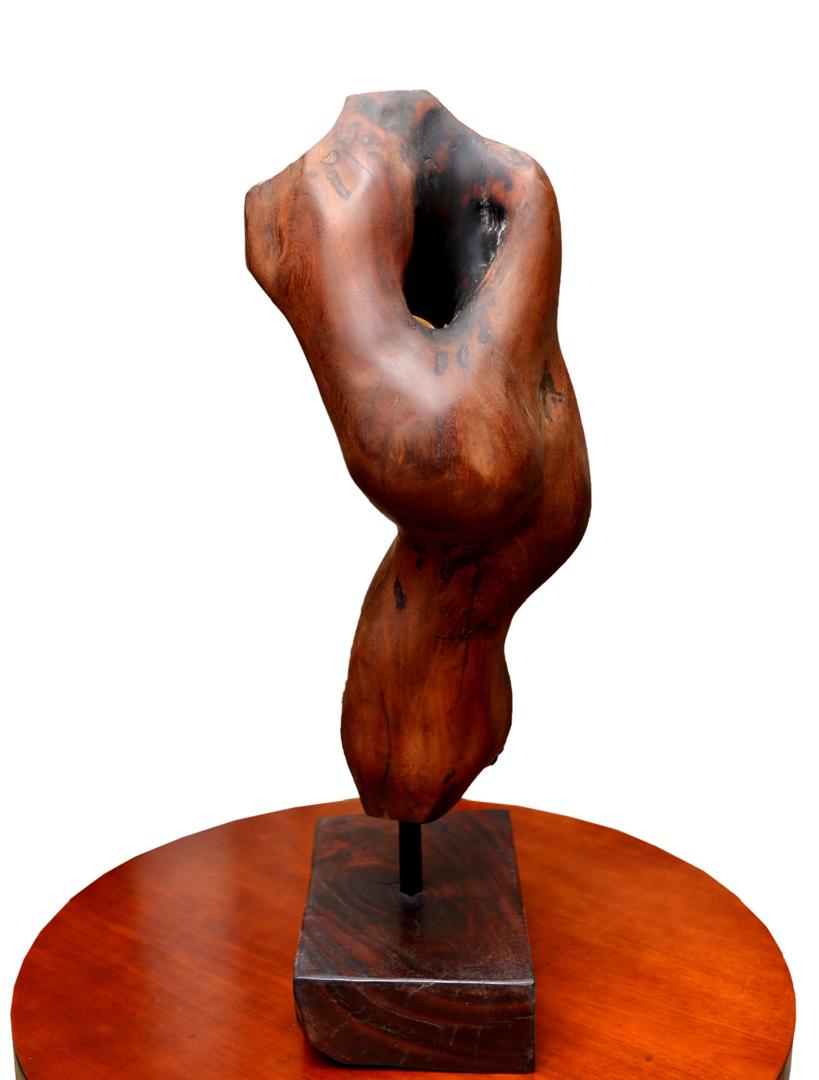
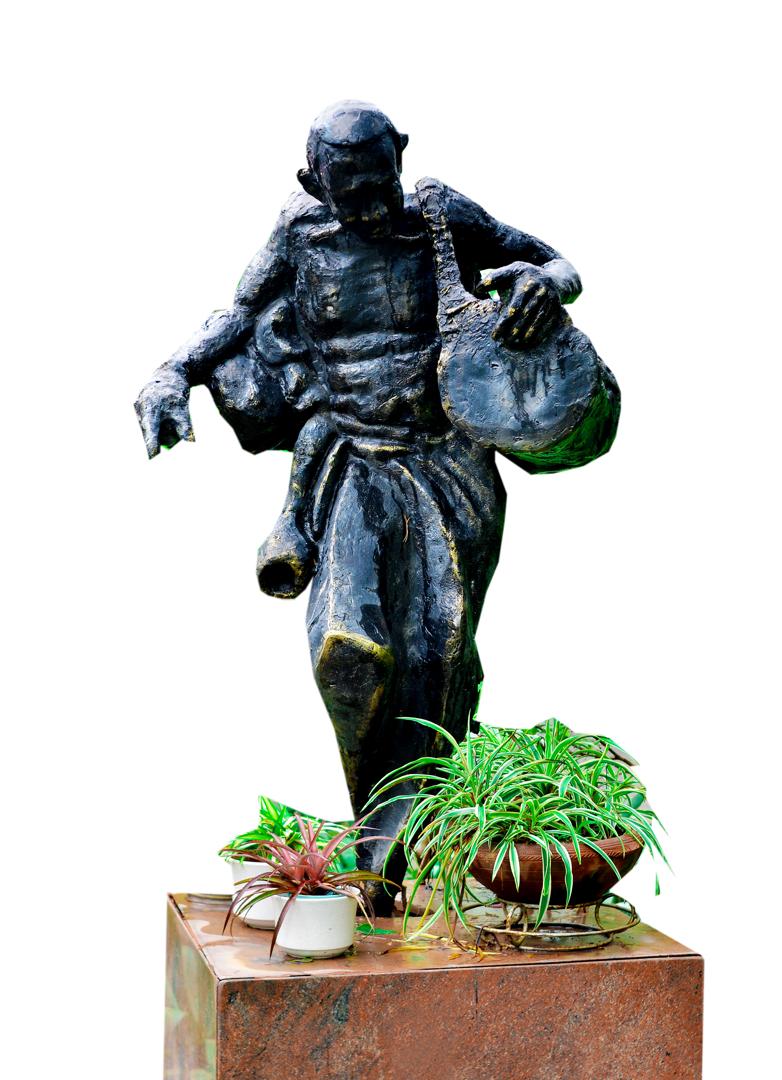
5’ tall in cold cast bronze. The drummer. From the private collection of Enewa R Chris-Garuba.
Soft stone carving Oshogbo in style of Twin 7 7. Mother with child. 1999. Standing 3’ tall. Private Collection of Enewa R Chris-Garuba.


Charcoal on board. Private collection of Enewa R Chris-Garuba.
Useful Links
Get In Touch
Don’t hesitate with your future!
Give Us A Call Today!
Copyright 2024 © Temple Chambers (Barristers & Solicitors). All Rights Reserved.
